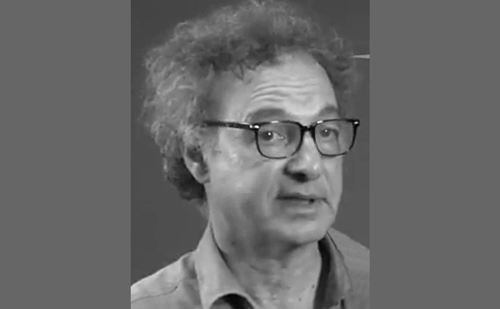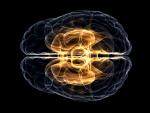Welcome to the latest edition of European Neurological Review. This issue features several satellite symposia reports. The three pillars of success for long-term rehabilitation programmes in spastic paresis are outlined by Ward et al: setting patient-centred goals, detailed clinical assessment and guided self-rehabilitation programmes. Kelly et al discuss the benefit–risk profile of non-vitamin K antagonist oral anticoagulation (NOAC) therapy in patients with atrial fibrillation (AF)-related stroke. Recent data are presented from the ENGAGE AF-TIMI 48 study, which is the largest trial of NOACs in AF-related stroke to date. In a report by Vermersch et al, from the Pan-European Multi-Stakeholder Colloquia which convened in Brussels in two consecutive years, diagnostic and monitoring measures, guidelines, new treatment development and best practice in multiple sclerosis (MS) care are discussed. The organising Committee present 10 calls to action that cover different aspects of MS treatment and management including European Medicines Agency guidelines for evaluating follow-on products of biologicals and non-biological complex drugs. To address these calls to action, cooperation will be needed from health bodies and governments and some will require additional funding, although all are achievable and essential to help minimise disease impact, disease progression and burden on people living with MS and their caregivers.
Families of patients with dementia who have had post-mortem brain examination want to be sure of the clinical diagnosis and any risk of a hereditary disease. The value of 7.0-telsa magnetic resonance imaging (MRI) as an additional tool in post mortem brain examination of people who had neurodegenerative diseases and vascular dementia is reviewed by De Reuck.
The journal staff would like to thank all the contributors to this edition, from organisations to individuals and in particular, the Editorial Board for their continued support and guidance. We welcome feedback from readers on the articles from this issue and on topics and controversies that you would like to see covered in future issues.













